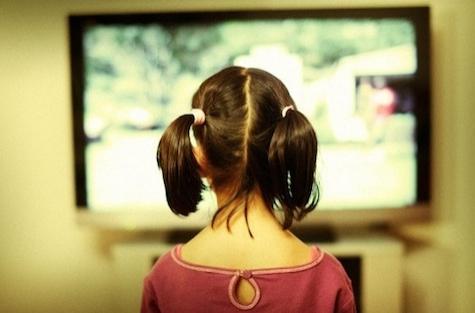New figures show children with TVs, computers and other media equipment in their bedrooms spend more time using them than those without access in their bedrooms.
Data from the Australian Bureau of Statistics shows children aged five to 17 years spend nearly one and half hours watching TV per day and close half an hour.
The bureau’s Director of Health Surveys, Juanita Petit, said the data from the Australian Health Survey presents information on behaviours linked to the high obesity rates across the nation, including sedentary behaviour and household rules regarding screen-based activities.
“In 2011-12, children aged five to 17 years spent on average nearly one and a half hours per day watching TV and close to half an hour a day using the internet for non-homework purposes. In addition, boys spent over half an hour playing electronic games, with girls a mere eight minutes.
"Despite what they may tell you, homework represented the smallest portion of screen usage at an average of only six minutes per day – only rising to 17 minutes for 15 to 17 year olds.
“Screen equipment in a child’s bedroom was available to half (51%) of those aged five to 17 years. Children with these items spent on average two and a half hours per day on sedentary screen-based activity compared with just under two hours for those without screen equipment in their room.
"15 to 17 year olds were "big" screen users, with three-quarters reporting having access to a TV, computer, video game console, and/or other screen-based equipment in their room. The trend also starts at a young age with close to one in six toddlers (two to four year olds) having access to media equipment in their bedrooms.
"Children with a screen item in their room also took, on average, 1000 less steps per day," Ms Pettit said. Data also released by the bureau shows it’s not just the kids whose ‘screen time’ is increasing. Australian adults spend on average four hours per day doing sedentary leisure activities such as watching television compared with only half an hour of physical activity.








 Agree (0)
Agree (0) Disagree (
Disagree (










__small.png)










